May 22, 2025 | 14:10 GMT +7
May 22, 2025 | 14:10 GMT +7
Hotline: 0913.378.918
May 22, 2025 | 14:10 GMT +7
Hotline: 0913.378.918
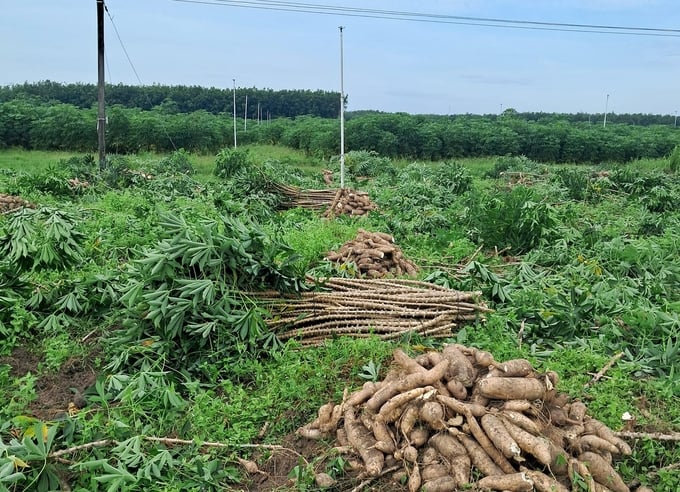
A cassava field is being harvested in Tay Ninh. Photo: Son Trang.
China is the largest market for Vietnam's cassava industry. Therefore, fluctuations in this market significantly affect the export of cassava and cassava products.
In the first 5 months of this year, exports of cassava and cassava products to China were unstable and tended to decline. In particular, in May, the amount of cassava and cassava products exported to China from Vietnam reached the lowest level in the past 3 years, reaching only 83 thousand tons, worth USD 39 million, a decrease of 50% in quantity and 46% in value compared to the previous month. Compared to May 2023, there is a decrease of 51% in volume and 45% in value.
Exports to China decreased sharply, causing cassava and cassava product exports to all markets in May to also decrease sharply. Specifically, Vietnam exported 118 thousand tons of cassava and cassava products in May, worth USD 52 million, down 35.4% in volume and 35.8% in value compared to April 2024. Compared to May 2023, a decrease of 39% in volume and a decrease of 35% in value. This is the second consecutive month of decrease compared to the same period in 2023.
Overall, in the first 5 months of the year, cassava and cassava product exports reached 1.24 million tons, worth USD 562 million, down 8.4% in volume, but up 6.4% in value compared to the same period of 2023. Of which, exports to China reached 1.13 million tons, worth USD 509 million, down 7% in volume, but up 8.9% in value. The Chinese market accounted for 91% in volume and 91% in value of the country's cassava and cassava products exports in the first 5 months of the year.
The sharp decrease in the Chinese market's demand for imported iron slices is an important reason for Vietnam's export of cassava and cassava products decreasing in quantity. Information from the General Administration of Customs of China shows that in the first 4 months of 2024, China imported 1.09 million tons of cassava chips, down 65% in volume compared to the same period in 2023.

Dried cassava slices. Photo: Son Trang.
Although Chinese traders increased the import of cassava starch in the first months of the year. Currently, the Chinese market's demand for this product is also decreasing because corn starch prices are lower than cassava, so customers buy corn starch more. On the other hand, the demand for cassava starch in China also decreased due to the hot season.
Vietnamese cassava industry traders are expecting the export of cassava and cassava products to flourish again from this July. Regarding cassava chips, it is predicted that Chinese factories will likely purchase goods again around July 2024, because the inventory of cassava chips in China is gradually depleting due to a sharp decrease in imports in recent times. According to data from China, the amount of cassava chips imported into this country from the beginning of 2024 has decreased by 40% compared to the average of the last 3 years.
With cassava starch, the market expects China's cassava starch demand to be better next month to prepare supplies for the Mid-Autumn Festival. According to information from some cassava industry traders, there is a lot of demand for purchasing prices from large Chinese companies; however, the amount of goods matching the purchase price of Vietnamese cassava factories is still limited. The reason is that Chinese customers still pay too low a purchase price.
A notable change in cassava starch exports to China in recent months is that seaborne exports are much higher than cross-border exports. Agromonitor data shows that from June 1 to 28, cassava starch exports via sea reached nearly 84 thousand tons, 5.5 times higher than the amount of starch exported across the border.
Explaining this, Mr. Nguyen Ha, a cassava trader in Tay Ninh, said that through the information he learned, due to stagnant cross-border exports and low prices, cassava starch processing factories in the Central and Southern regions are mainly packed into containers to promote export via sea. Therefore, in the coming time, the amount of cassava starch from the South to the Northern provinces for export across the border will continue to be low.
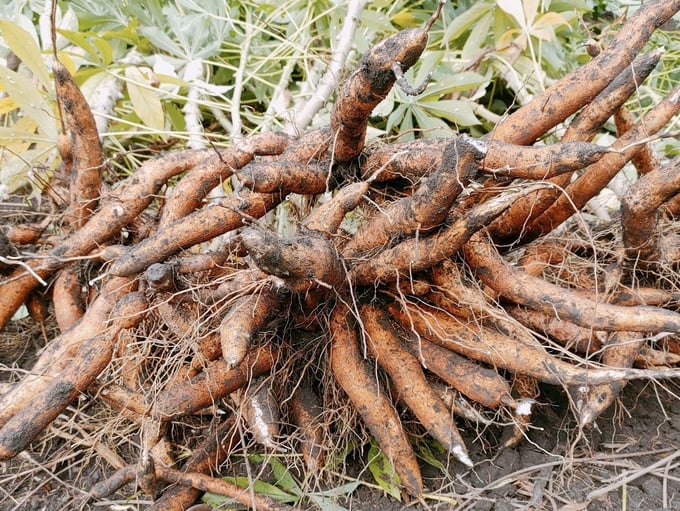
Newly harvested cassava roots. Photo: Son Trang.
Vietnam is one of the world's largest exporters of cassava and cassava products. However, Vietnam's cassava industry needs to improve product quality, especially cassava starch. According to the Vietnam Cassava Association, at the Conference "Starch Technical and Market Forum Spring 2024" taking place in Hangzhou City, China, at the end of May 2024, Chinese traders evaluated Thai cassava starch as stable in both quantity and quality. The stability of the quality of Thai cassava starch products is more uniform than Vietnamese cassava starch.
In addition, customers also mentioned the product's outstandingness. In Thailand, there are many products with outstanding quality (for example, tapioca starch under the Hoa Hong brand, currently sold for USD 560 per FOB Bangkok). In the current market situation of cassava and cassava products, the product should be outstanding and easily consumed. The Chinese side emphasized and suggested that Vietnamese factories should pay attention to stable quality and outstanding products.
Translated by Huong Giang
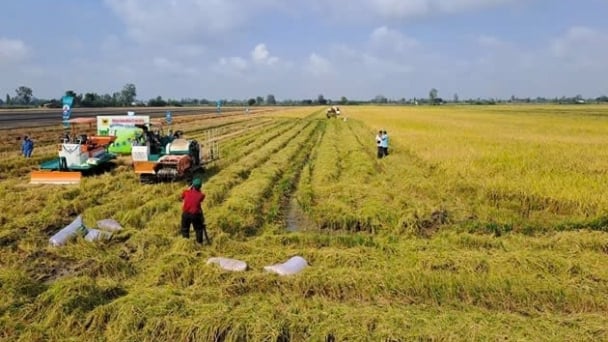
(VAN) To operate carbon market, one of the key issues is determining which types of 'commodities' meet the standards to be traded on the market.
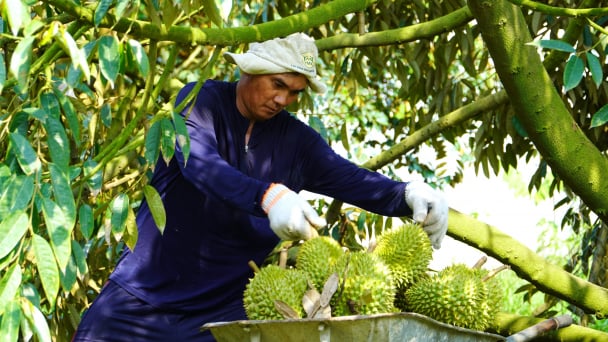
(VAN) Durian-producing localities need to coordinate more effectively with central authorities to improve the traceability, monitoring, and response systems in case of violations.
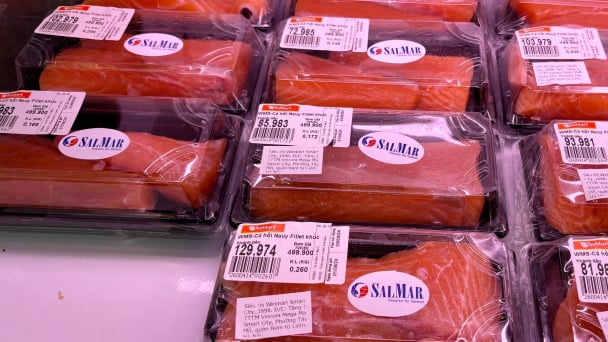
By minimizing waste, embracing modern technology, and expanding into niche markets, SalMar - the second largest producer of Atlantic salmon in the world has built a successful strategy to conquer the global market.
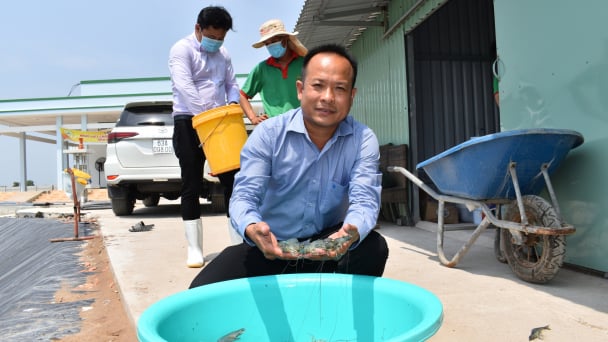
(VAN) One of the key factors for businesses to effectively take advantage of tariff preferences under these FTAs is the rules of origin.
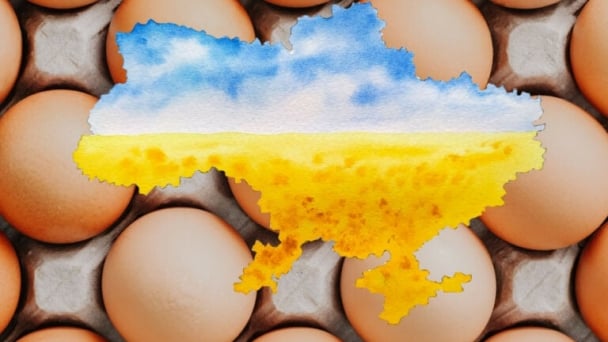
(VAN) Oliyar, a prominent Ukrainian oil and fat manufacturer, has revealed plans to build a farm for 2.3 million laying hens in the Lviv region. The additional production quantities promise to change the competitive landscape of the egg market of the Eastern Europe region.
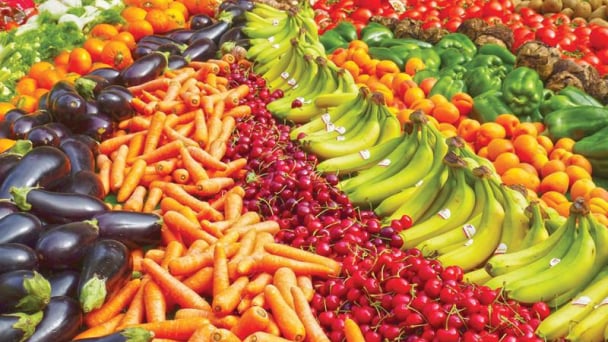
(VAN) On May 15, Ministry of Agriculture and Environment of Vietnam hosted the 'Connecting Vietnam - Germany agricultural, forestry and fishery trade' seminar in Berlin, Germany.
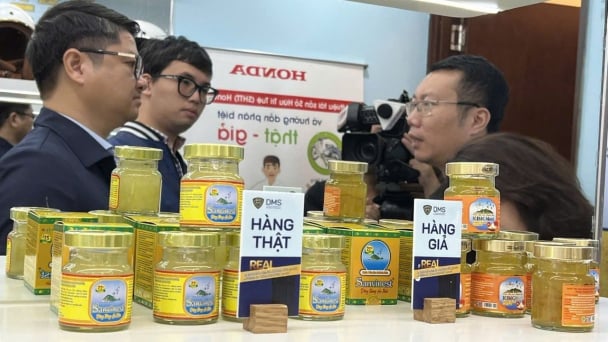
(VAN) In the face of counterfeit and imitation products, Khanh Hoa Salanganes Nest Company hopes for the prompt completion of the legal framework, strict enforcement against violations, and protection of the bird’s nest brand.